Flexible Membrane Digester Covers: Positive vs. Negative Pressure Designs

Written by Michael Lever, Technical Sales & Business Development Manager
Anaerobic digestion is a common practice at many modern wastewater treatment plants. In general terms, it is the process by which microorganisms break down organic waste in an enclosed vessel in the absence of oxygen. This results in the production of “biogas” which is primarily composed of methane gas (50-75%) and carbon dioxide. Methane gas is the flammable component, and in recent decades we’ve learned how to harness it in a cost-effective manner for use as a fuel.
To use the methane in the biogas, we must first capture the biogas produced in the anaerobic digester. The most cost-effective means of capturing biogas from digesters is by utilizing a flexible membrane digester cover system. There are several types and designs of flexible membrane digester covers available, and proper selection and design of the cover is of vital importance to the operation of the treatment plant and the intended end-use of the biogas (methane). Generally, the size of the anaerobic digester vessel, the rate of biogas use, and the operating liquid levels within the digester, will dictate the type and design of flexible membrane cover to be used.
A positive pressure digester cover most often consists of a double-membrane arrangement. The outer membrane is inflated and pressurized with ambient air, and an internal membrane (or “bladder” membrane) captures and temporarily stores the biogas for later use. Perhaps the biggest benefit of the double-membrane digester cover system is the ability to store large volumes of biogas, within a relatively small footprint at the facility, to serve as a buffer for extending periods of gas usage. I.e., when biogas demand is low, it can be stored under the cover until it is needed. The drawbacks of this type of cover are size limitations (tank diameter), and in some cases cost. These covers are suitable for tanks only. Both membranes are always above the liquid surface inside the digester, enabling mixing at variable operation levels.
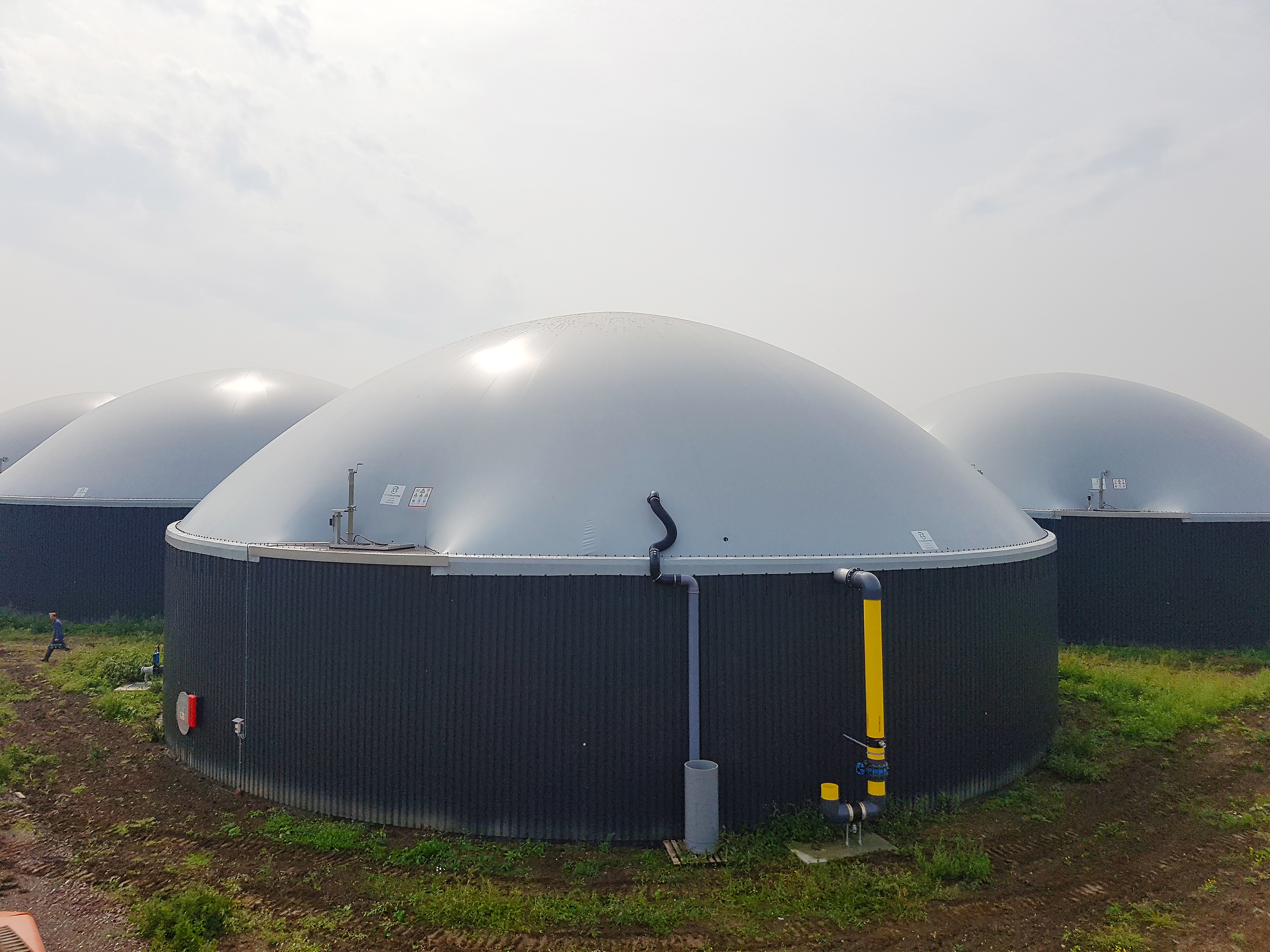
A negative pressure covers can be used as an alterative to the positive pressure covers when biogas production and demand are synonymous, or there is no requirement for temporary biogas storage, and the excess is permitted to be flared. Many times, they are also the only option available for very large diameter tanks, or for anaerobic lagoons.
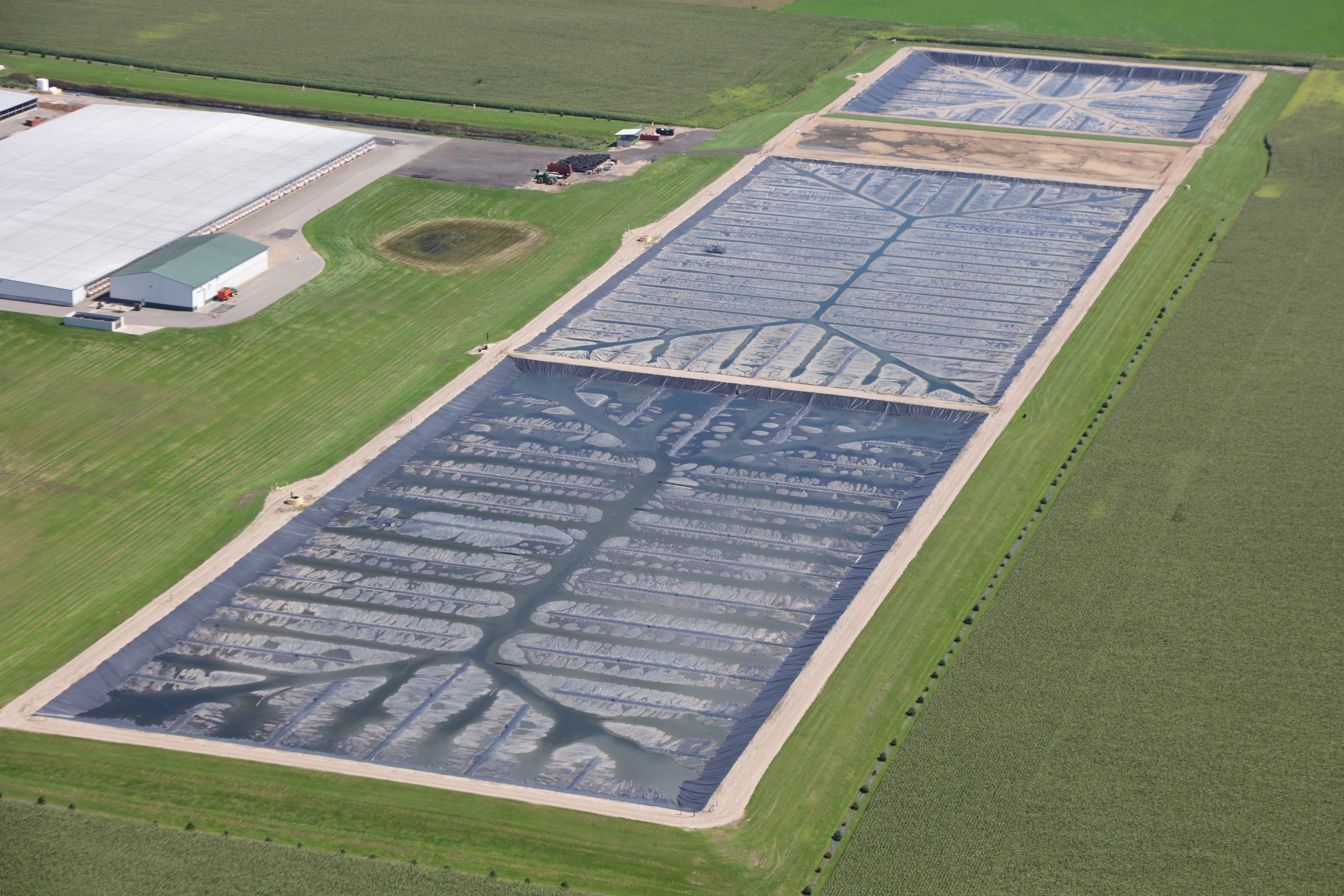
Negative pressure covers are almost always floating covers and are operated under a very slight vacuum pressure to remove the biogas from with under the cover as it is produced. The biggest drawback of negative pressure covers is the lack of biogas storage they provide.
For more information and biogas projects, read BiogasWorld’s Canadian Biogas Magazine.
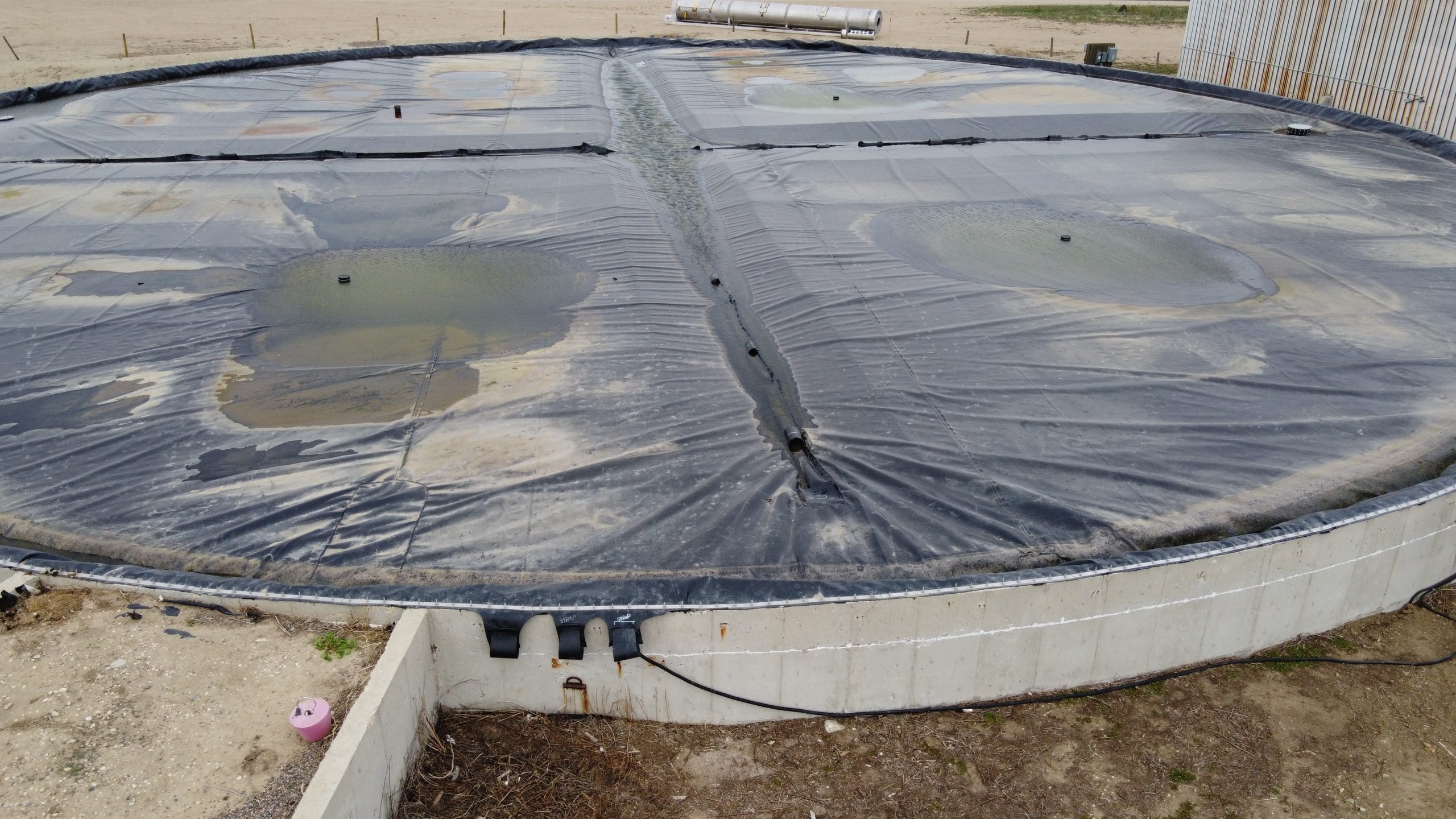

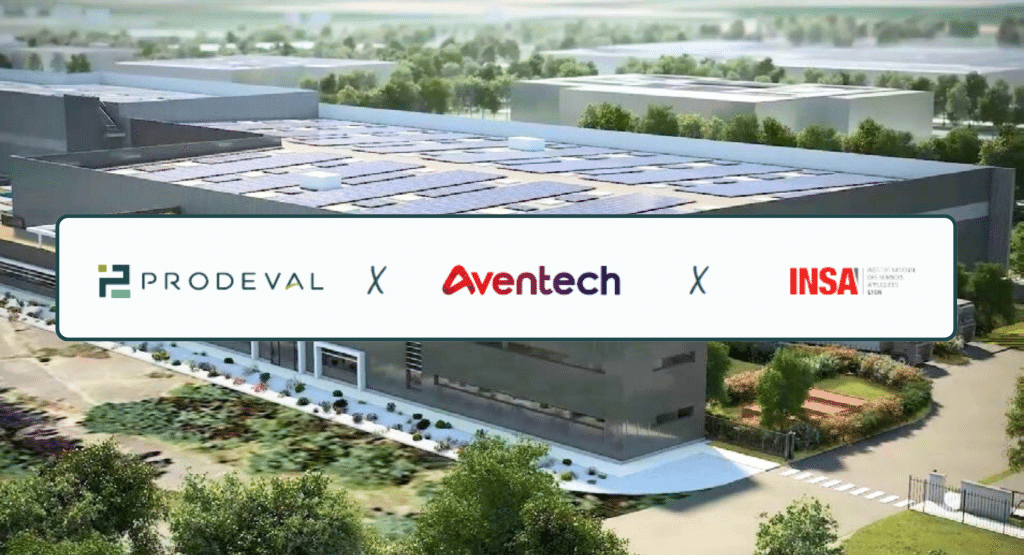
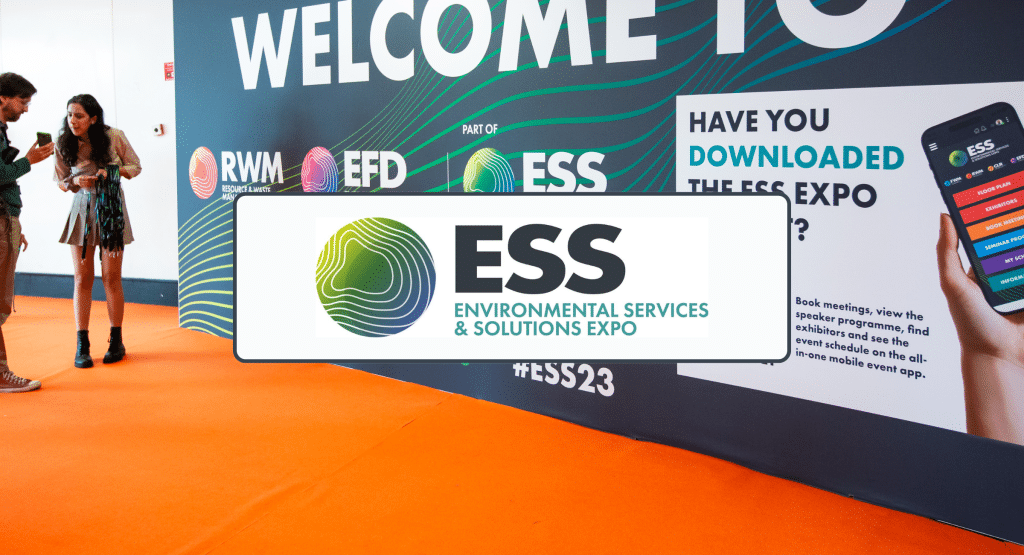


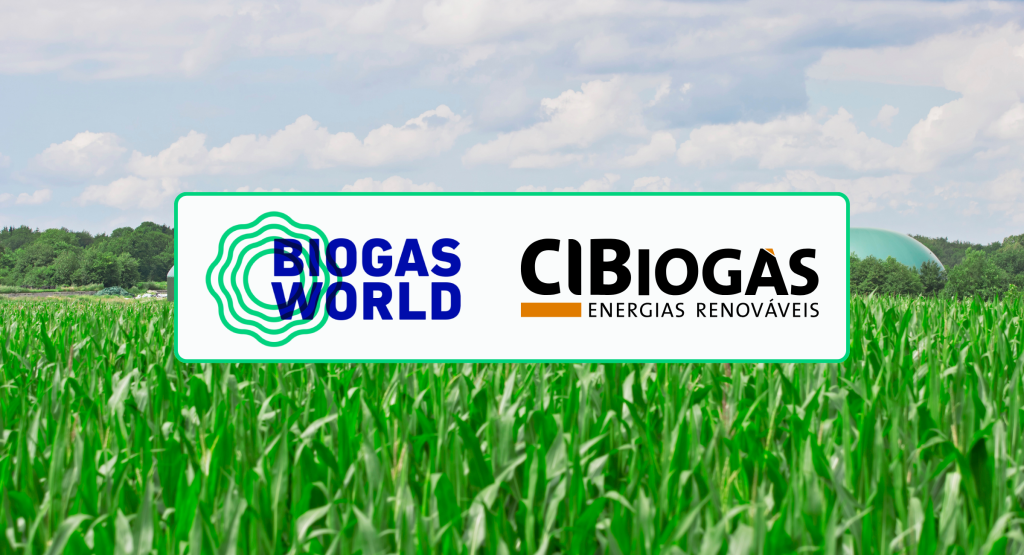
Comments